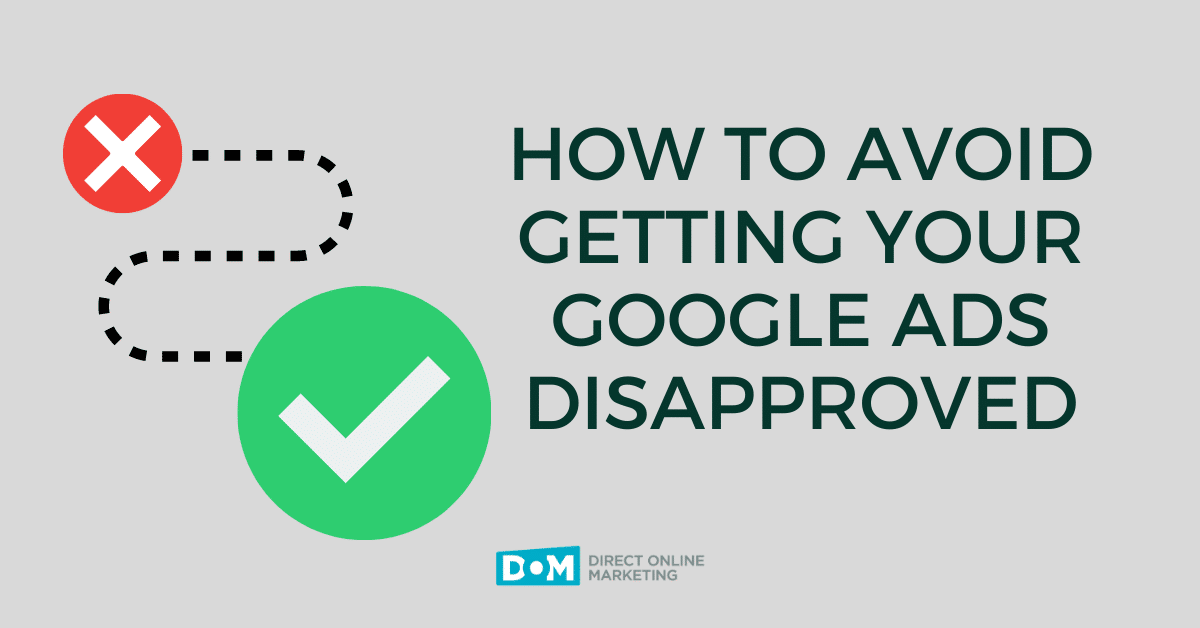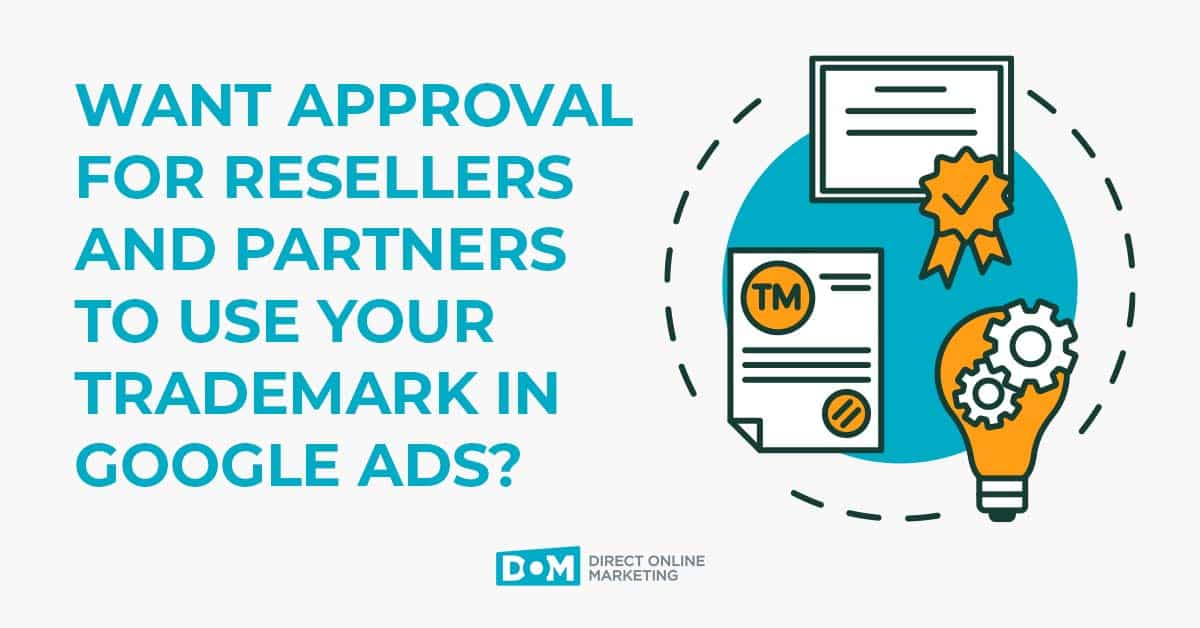
And Why It’s About to Matter More than Ever
Google Ads is a great way to get the word out about your product or service…
- Easy to use
- Large reach
- Fast results
…it really checks all the boxes as an advertising platform.
However, Google abides by a policy that places the user experience above all else. That means that the content they present through their advertising platform also has to be strictly regulated.
Generally, the Google Ads policies regarding prohibited content are sensible and easily followed. For instance, an advertisement for trash bags full of live grenades is going to get disapproved and removed from the platform (because Google prohibits advertising for weapons).
There are other rules on that list of policies, however, that are contingent on local laws. Copyright infringement is a big one that affects a lot of advertisers and content owners alike on Google platforms. At the time of this writing, 5,244,538,989 URLs have had copyright infringement claims leveraged against them through Google.
Google does their best to investigate each of these claims for validity before taking action. But there’s nothing to stop somebody from making such a claim against your ad in the first place if they felt so inclined.
Below, we’ll talk about how to stay on the right side of Google Ads policies, and what to do if one of your ads is disapproved.
However, let’s start by talking about an upcoming policy change that is going to be a real headache for any rule breakers out there.
Google Ads Violations Update—Yer Outta Here!
There’s a new pilot program coming in September of this year that will test a new way of handling Google Ads violations. A full rundown of the policy can be found here. The gist is that you get three strikes and then you’re out. In this case, “out” means your account is removed and that’s all she wrote for your ability to use Google Ads.
However, those copyright infringement situations we mentioned up top aren’t subject to these new rules. The three-strikes policy will only apply to ads that break the Enabling Dishonest Behavior, Unapproved Substances, and Dangerous Products or Services policies.
Any advertisers that are skirting the lines of what’s acceptable according to those policies are going to have to start taking extra care.
Let’s go over some general tips for staying on Google’s good side with your ads.
Staying on Google’s Good Side—Put Honesty First
“Honesty is the best policy,” says DOM PPC wizard Ryan Norman. “Being dishonest with your Google Ads is the best way to get your account suspended for violating Google policy.”
You see, it’s crucial to Google that they maintain a trustworthy place for folks to display their products and services. It’s good for the Google user base, and, like we mentioned up top, the company’s primary concern is the experience of their users.
Honest ads are a part of that experience, and they maintain trust and credibility amongst users.
On the flipside, maintaining this trust is also a boon for advertisers. It’s why Google Ads has such magnificent reach, and we want our advertising to reach as many people as possible.
So, basically, people trust Google. Google wants it to stay that way. So they want honest advertisers. Honest advertisers enjoy the fruits of Google’s massive user base. The circle of life.
When In Doubt, Caution Wins the Day
There are times when ads are going to maybe test the boundaries of what’s acceptable. Don’t worry, that’s normal advertiser behavior. Testing boundaries is part of how we find best practices for desirable results.
However, in light of this new three-strikes policy, if you’re about to run a campaign on Google Ads and you’re thinking that it may be in violation of the rules, it’s a good idea to rethink things a bit.
Don’t get us wrong, testing boundaries is essential for growth. But maybe just don’t test them too much.
In other words, err on the side of caution.
What to Do After a Strike
Calling the new Google Ads policy a three-strikes rule is a little bit misleading. Before Google would call strike 1, you get served with a warning and your ad is disapproved and removed.
The best way to prepare for this is to always have some evergreen ads ready to go—ads that don’t push the boundaries—so that in the event of a disapproval, you will still have something to run in its place.
In the event of a declared strike 1 offense, Google places your account on a temporary hold for three days. During these three days, none of your ads will be eligible to run.
The best approach in this case is to reach out to Google Support to get a better understanding of what’s causing the ad disapproval. This is also a great chance to ask for recommendations so that when the temporary hold is lifted, you can implement the best practices supplied by Google Support and avoid another disapproval.
Reaching out to discuss the issue is also an indicator that you’re acting in good faith; it shows that you didn’t intend to violate policies.
Should a Strike 2 offense occur, pause your Google Ads account and reach out to us for help. DOM is a Google partner, and our team may be able to work with support to help resolve the issue.
In fact, if you have any questions, concerns, or any needs at all in regard to your Google Ads campaigns, give us a call. Our PPC team is composed of Google Ads experts, so there’s a great chance that we’ll be able to help you out.
If you’re ready to take your marketing to the next level, be sure to contact us and find out how we can get you there.


